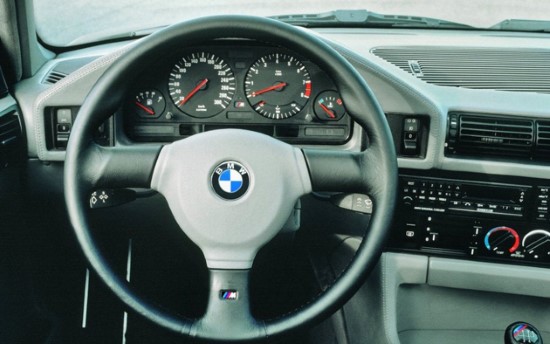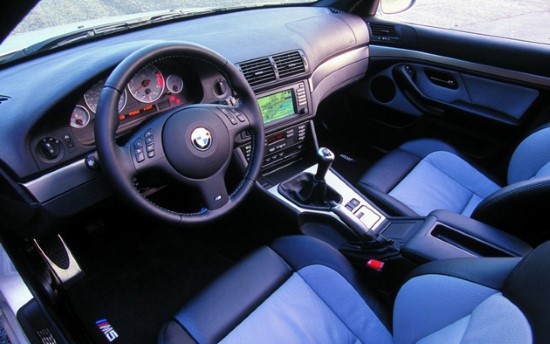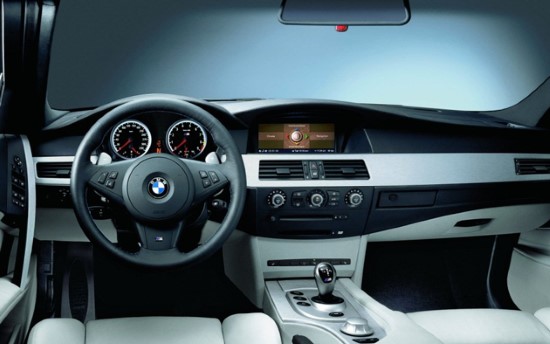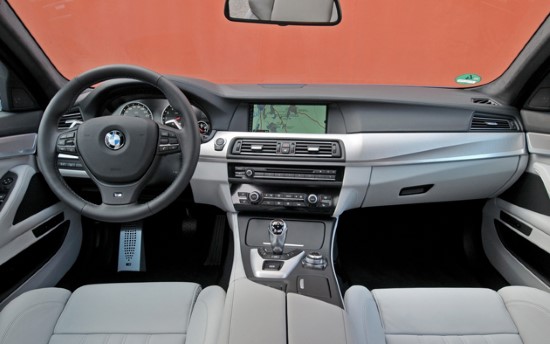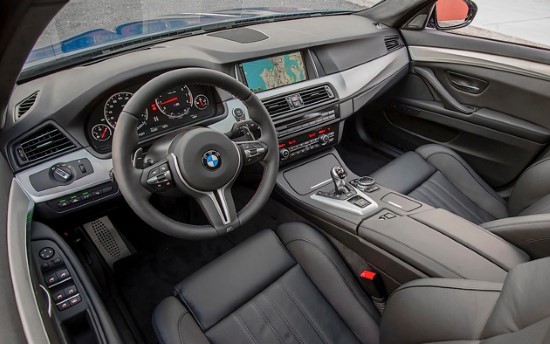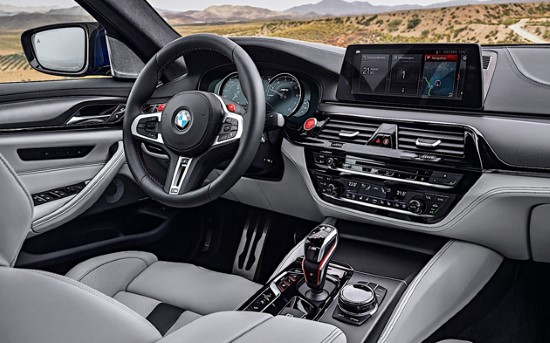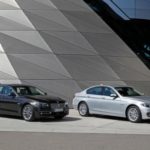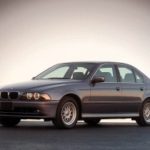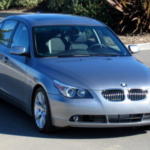BMW M5 - Model history
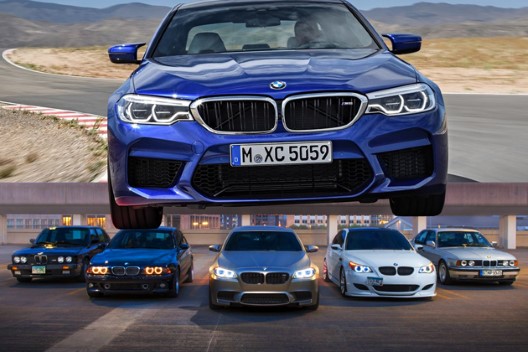
Bmw m5
The BMW M5 is a car icon. This sport sedan has been on sale since 1985, and just a few months ago, at the Frankfurt Motor Show, the Bavarian company introduced its sixth generation, which is also its strongest version
Fans continue to speak with nostalgia about earlier generations of the M5, with some going on to claim that they were far better cars than the modern M5. In this text we will try to present as closely as possible the car icon, model M5, from its inception to the present.
Motorsport department history
Since its inception, BMW has always been filled with success in the motorcycle sport
Cars and motorcycles with a blue and white propeller (the sign is believed to have been modeled after an airplane propeller because the company initially designed aircraft engines before and after World War I, and blue and white is the color of the Bavarian flag in Germany) during the period between the two world wars recorded numerous successes on the track.
After the post-war recovery period of the German automotive industry, BMW regained the somewhat shaky status of a prestigious manufacturer of dynamic and sports cars and motorcycles in the XNUMXs and XNUMXs.
In order to recover as soon as possible, the company realized that they should do what works best for them.
In May 1972, the BMW Executive Board established a department called "BMW Motorsport (M) GmbH (Gesellschaft für individuelle Automobile)", which later became known as "BMW Motorsport" and in recent history as "BMW M "
The tasks of the newly established department were activities related to the further development of already successful cars from the BMW game in the field of motor-car sport. Jochen Neerpasch was selected as the first head of the department, in addition to which the department had only seven employees.
The symbolic beginning of the department's long and successful Motorsport tradition actually came in 1978, when the M1 was introduced at the Paris Motor Show. This, in many ways the legendary model for BMW, was also the first car to receive the M tag.
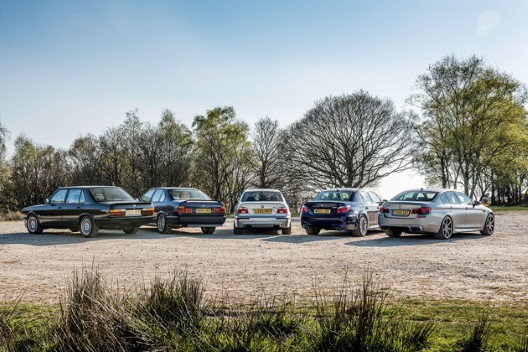
Bmw m5
BMW M 535i (E12) - 1979 - 1981 - the model with which it all began
In mid-1979, the Motorsport department introduced the BMW M 535i, which was the first time in history that a BMW passenger car for everyday use, through numerous modifications, be converted into a sports version. This has become a regular Motorsport practice in the future.
Under the hood of the M 535i was a 3,5-liter six-cylinder unit with the M88 mark, the same one that was also fitted to the M1 at the time. The engine, which had two camshafts and technology with four valves per cylinder, developed an impressive 218 horsepower and 305 Nm of torque, and was one of the most technically advanced cars of the time. The top speed he could reach was 260 km / h.
In addition to the M 535i, the aerodynamics over the standard 5 Series versions were further enhanced by the addition of front and rear spoilers as well as modified bumpers, and the interior was dominated by sports 'Recaro' seats.
This model was nicknamed "M5" shortly after its launch. In the period from 1979 to 1981, completely unplanned, 1.410 such cars were constructed. The fact that the company 's expectations were far exceeded and the great interest in the placement of such a model gave the right to the people at BMW to believe that they were on the right track.
BMW M5 (E28) - 1985 - 1988 - First generation
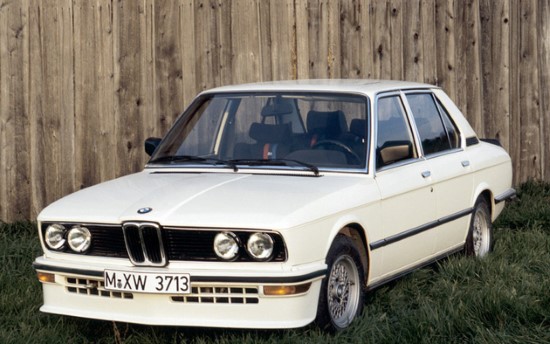
Bmw m5
BMW first introduced the M1984 model at the Amsterdam Motor Show in Amsterdam in 5 at the E28 M5.
This car is also the first generation of the M5. It was based on the chassis of the E28 Series 5. The first generation of the M5 had five doors and a sedan shape, as well as all the other features that made it one of the best cars in the premium sports car segment.
The car was completely “handmade” in the Motorsport units of the department, and it had a newly developed M1 engine that produced 286 horsepower that allowed it to reach a top speed of 250 km / h. Although sporty, the luxury sedan also had electric windows, central locking and aluminum wheels. The main competition was presented by the company's M and E class models Mercedes Benz. The world has not seen such a mix of high performance and highly refined luxury until then, which meant that by introducing this model, BMW took a risk in the market, offering something no one else had ever offered before.
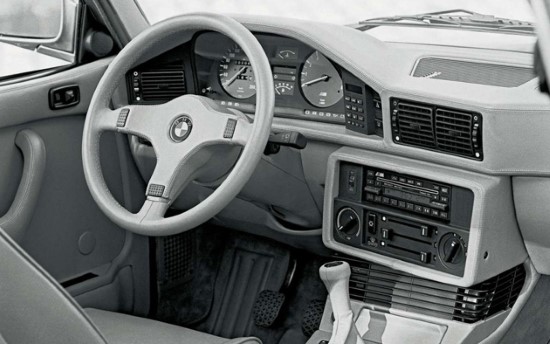
The first generation BMW M5 was awarded the "Automobile of the Year" award in North America, and its production was discontinued in 1989. About 2.200 units were produced, leaving this model the rarest version of a mass-produced M model.
BMW M5 (E34) - 1988 - 1995 - second generation
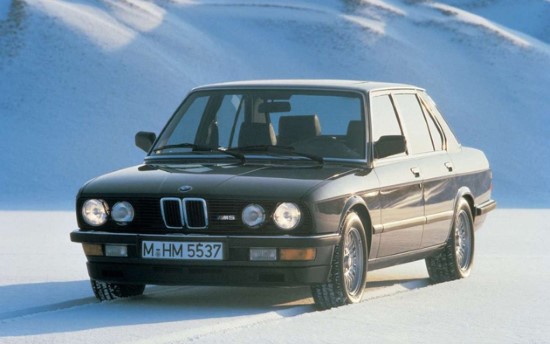
Bmw m5
The E34, known as the second-generation BMW M5, was manufactured between 1989 and 1995, and today is one of BMW's most widely accepted cars.
Beneath his hood was a six-cylinder, S38B36, 3,5-liter engine that produced either 315 (for European) or 310 horsepower (for the US market) and 360 Nm of torque. From 0 to 100 km / h it accelerated in 6,3 seconds, while the top speed was electronically limited to 250 km / h, which by today's standards may not look like anything special, but it was impressive for that period. Like the first generation, this model was also completely handmade.
The E34 has also received a great deal for quality workmanship, comfortable interiors and precise handling
The M5 E34 has some (during that time) impressive options, such as: electronic steering wheel and seat adjustment (with memory function). This is actually the first M5 model to have electronic damping, brakes and traction control. Despite all this, it weighed 1.670 pounds, just 100 pounds more than today's Ford Focus RS.
The E34 M5 has undergone several modifications over the seven years of its existence. The goal of all these changes was to improve airflow and cool the brakes. Also, in 1991, the M5 received a new 3,8-liter unit for the European market that produced 340 horsepower with additional changes to the suspension and rear axle. Next year, a wagon version with the M5 label was introduced, which was produced in a total of 891 copies.
It should also be noted that BMW produced only 12.000 copies of this model, so it can be said that this is a rare car, especially when compared to the number of models E39 and E60 M5 produced.
BMW M5 (E39) - 1998 - 2004 - third generation
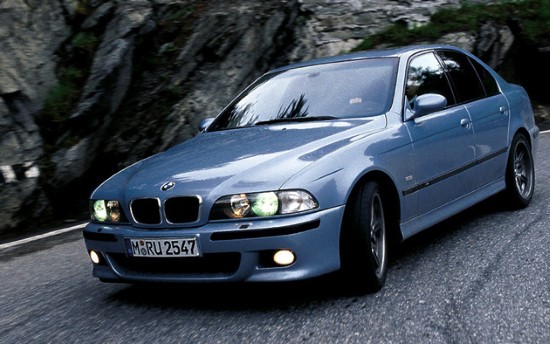
Bmw m5
More than three years after the production of the E34 M5 was discontinued, production of the most extreme, third-generation BMW M1998, bearing the E5 mark, began in October 39. The third generation premiered at the Geneva Motor Show earlier this year. It was designed to compete with the Jaguar XJR and Mercedes-Benz W210 E55.
The third-generation M5 had a newly developed 8-liter V4,9 engine, developing 400 horsepower and 500 Nm of torque. The unit is connected to a six-speed manual transmission. The powertrain was characterized by an instant response to throttle control, rapid response in all modes of operation, moderate consumption but also far "cleaner" exhaust. It took 0 seconds to accelerate from 100 to 5,3 km / h and the top speed was limited to 250 km / h
Compared to the standard 5 Series E39 models, the Motorsport lowered the M5 by 23 mm, added reinforced clamps, auxiliary springs as well as solid stainless steel clamp ends.
Changes were made to the exterior and interior, with the inevitable "M" features. During the six years of its production, the design of the headlights has been changed, the front bumper has been redesigned and many other small details are made.
Systems such as ABS, electronic stability control and parking sensors were standard from the start of production. Over time, the level of luxury and comfort is enhanced by the addition of a variety of systems and equipment, from navigation displayed on the large color screen to high-end audio and DVD video playback systems.
The E39 M5 was a day-to-day car, a family sedan that offered a high level of luxury and comfort for the whole family, but was at the same time a beast, with performance on the model's top-class sports coupe.
The BMW E39 M5 was in its time the fastest production car in the sedan class. A total of 20.482 copies were produced.
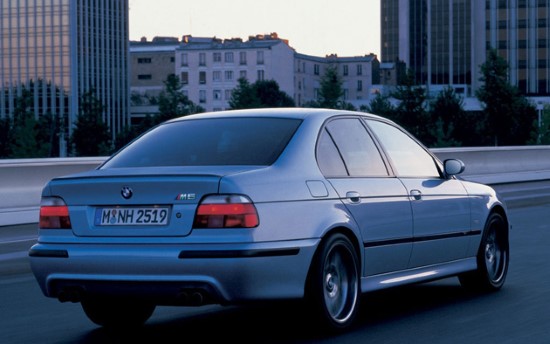
Bmw m5
BMW M5 (E60) - 2005 - 2010 - fourth generation
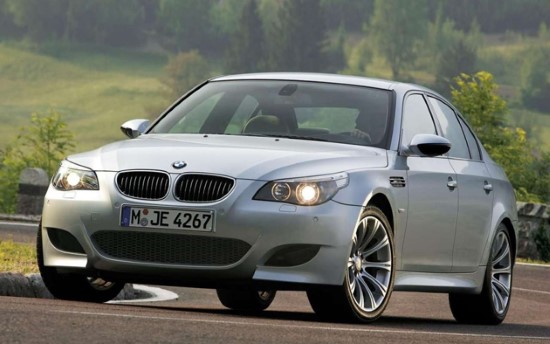
Bmw m5
BMW and its Motorsport department launched the fourth generation of the M5 in 2005, bearing the E60 designation.
The fourth generation of the M5 had under the hood the previously introduced V10 five-liter engine, producing 507 horsepower and 520 lb-ft of torque, which accelerated from 0 to 100 km / h in 4,7 seconds and reached maximum speed which was electronically limited to 250 km / h.
Without restriction, the fourth generation of the M5 achieved a speed of 330 km / h
With numerous modifications and improvements, starting with the higher torsional rigidity of the chassis itself, the extreme version differed from the standard E60 models in terms of gearboxes. Namely, the unit is linked to a seven-speed SMG III sequential gearbox, which is inspired by Formula One cars, and has 1 different settings, from full automatic, via Sport mode to manual, via levers located behind the steering wheel.
In addition, the third-generation SMG gearbox also has a launch control option for optimum idle acceleration without wheel slippage and electronic stability control.
A little later, the E61 M5, or station wagon version of this model, was introduced in response to Motorsport's response to Audi's RS6 Avant, or Mercedes's E63 AMG Estate. This is also the first version of the M5 in the station wagon after launching the model in the E34 generation.
A total of 20.589 copies of this model were produced.
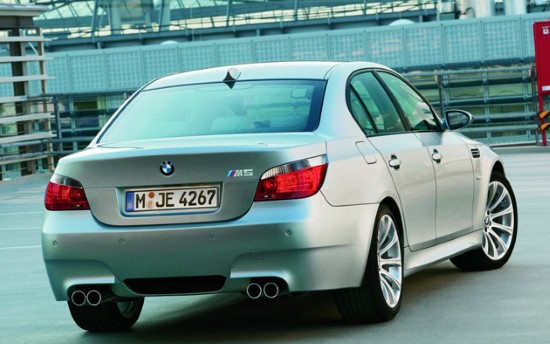
Bmw m5
BMW M5 (F10) - 2011 - 2013 - fifth generation
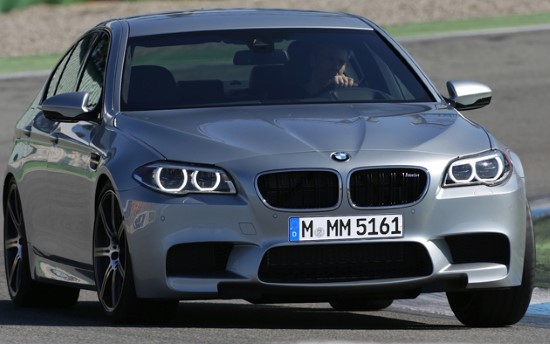
Bmw m5
Like the previous generation, the M5 generation is based on the standard BMW 5 Series. Its exterior design features a redesigned front bumper with larger intake vents, side sills on the sills, a diffuser at the back and a tandem of rectangular exhaust pipe ends. The new generation M5 also includes lower suspension and M 19 inch alloy wheels.
The interior is adorned with M sports seats alcantara and M Sport leather-wrapped steering wheel, in addition to exclusive mats and aluminum slippers.
Under pressure from increasingly rigorous environmental standards for exhaust gas, the turbocharger has come to life in the M5 for the first time in its long history.
The base was a 8-liter V4,4 engine with 90-degree cylinders. In addition to "TwinPower" technology, there are also direct fuel injection, "Valvetronic" system (variable valve control - variable valve opening time) and "Double Vanos" (variable camshaft control), which is responsible for increasing torque. The new V8 TwinPower engine produces 560 horsepower and 681 Nm of torque. This model accelerates from 0 to 100 km / h in about four seconds, with an average consumption of 8,9 l / 100 km.
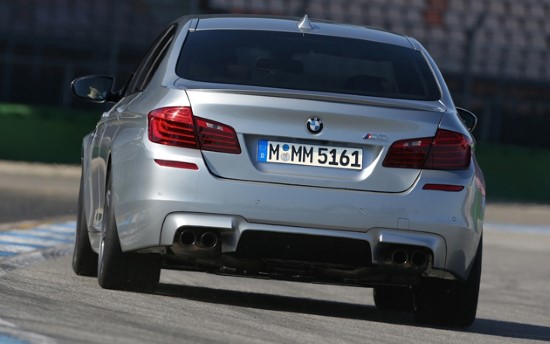
Bmw m5
BMW M5 (F10) LCI - 2013 - 2017 - Restyling version of the fifth generation
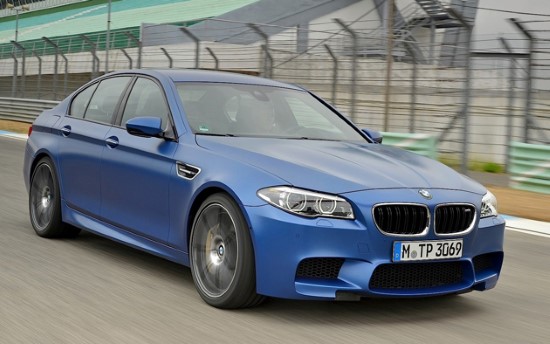
Bmw m5
In 2013, the fifth generation BMW M5 received its restyling version, which included some visual changes as well as interior changes. Particularly expressive was the new M grille, which has since been marked M, as well as on the rims. The interior got more room, and sections for objects. A new infotainment system has also been introduced.
BMW M5 (F90) - 2017 - current model - sixth generation
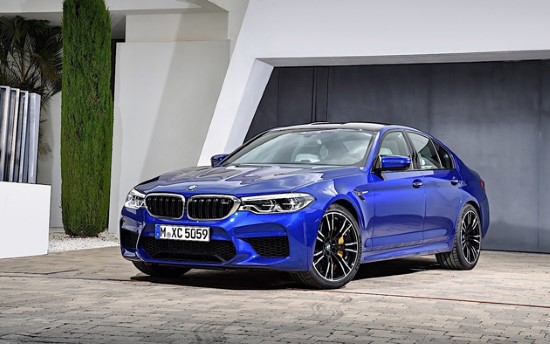
Bmw m5
The new and current, sixth generation BMW M5 made its premiere at the Frankfurt Motor Show in September last year.
Motorsport has moved to new territory by using M xDrive all-wheel drive for the first time. Many claim that he lost his soul!
This is also the most expensive M5 ever with a starting price of $ 100.000 in the North American market, or $ 100.000 more in the European market.
Not only is the new M5 more expensive than its predecessor, it is also better in almost every aspect
It is slightly lighter (now weighing 1.885 pounds), its 8-liter V4,4 biturbo engine produces 600 horsepower, and the M5 now accelerates from 0 to 96 km / h in just 3,2 seconds. The new CLAR platform it is based on also facilitates management and other performance.
This car nearly broke two records, for the longest continuous drift and the fastest drift of the two models, while side by side.

Bmw m5
Summary
We are aware of the fact that each of these models has played a significant role in the automotive industry, and that each one is brilliant in its own way. Of course, it would be inappropriate to compare current models with those made in the XNUMXs, but it should be borne in mind that these "past" models were raising the ladder of the automotive industry.
If it weren't for the beautiful performance M sedans, the entire car scene would be poorer for a single diamond
The BMW M5 is a car legend, and it is likely to be manufactured for a long time, though, given the current electrification trend and the announcement that even the current generation will get a hybrid powertrain, no one knows what it will look like in a couple of years.
Author: Sasa Stankovic
Retrieved from: www.vrelegume.rs
Recommendation of similar texts:

Hi there, I am Mladen and I am an auto enthusiast. I started this blog years ago to help like minded people share information about latest cars, car servicing ideas, used car info, exotic cars, and auto technology. You will find helpful articles and videos on a wide variety of cars - Audi, Mercedes, Toyota, Porsche, Volvo, BMW and much more. Ping us if you have anything cool to share on latest cars or on how to make older cars more efficient, or just want to say hi!

